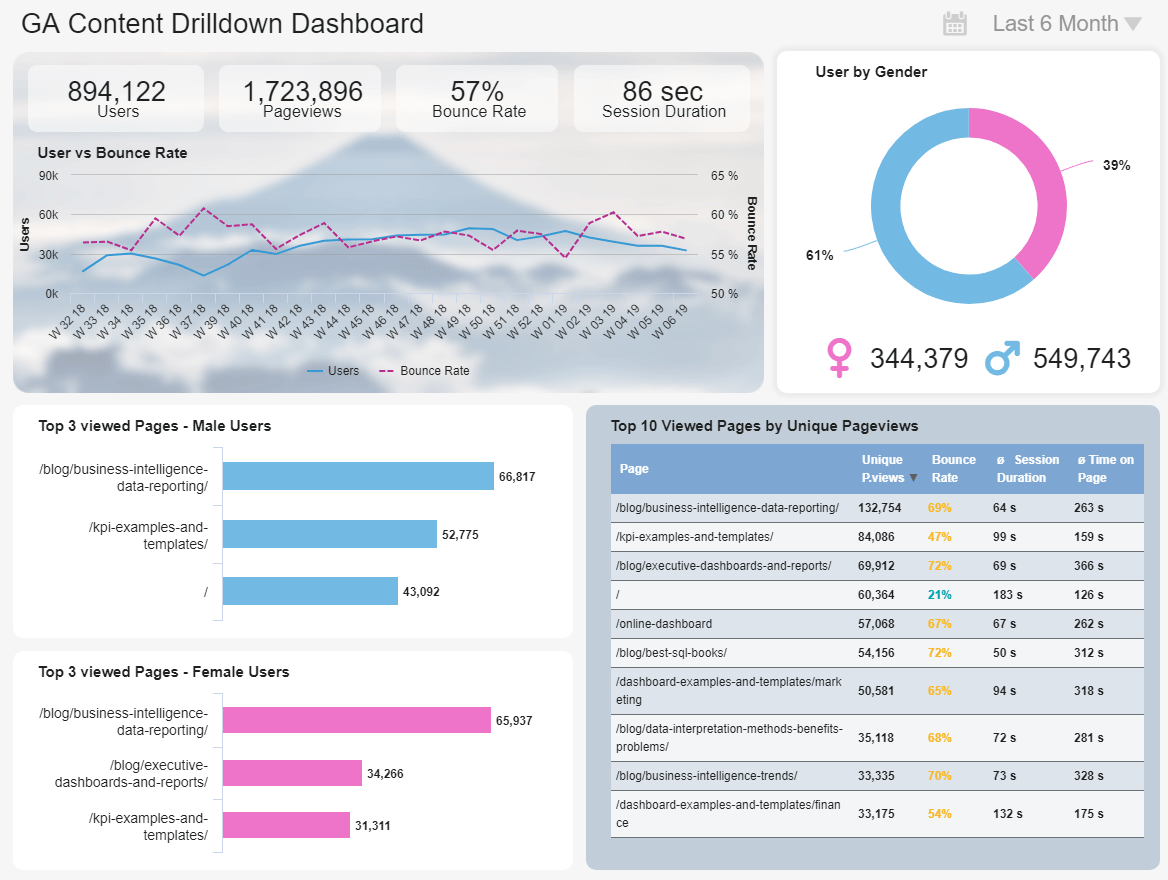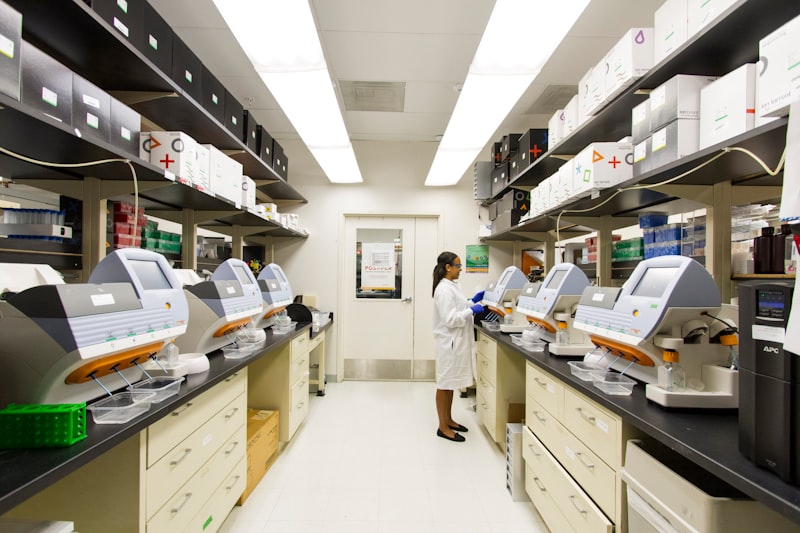I still remember the first social good campaign I worked on - a modest Facebook ad program for a nonprofit dedicated to fighting child hunger in America. When I saw the images of struggling families and underfed kids in the creative assets, something clicked. I realized that my decade of experience optimizing social campaigns to sell products could be used for so much more - driving real change around urgent social issues.
Since that awakening moment, I’ve dedicated a fair bit of my marketing career to working with purpose-driven brands and nonprofits. I’ve led social campaigns for organizations tackling problems across climate change, racial justice, poverty and more. Some hugely successful, others falling flat. Through inevitable failures and hard-won victories, I’ve refined an approach to social impact marketing that delivers tangible real-world results.
In this blog, I’ll share the key principles, strategies, and optimizations I've developed from running some of the largest social cause campaigns of the modern era. I don’t pretend to have all the answers. But this space is still nascent - few standards exist for how to do social good marketing right. My goal is to push thinking from shallow vanity metrics to how we drive measurable improvements on our world’s greatest challenges. I hope you’ll join me on this journey.
The Evolution of Social Impact Marketing

Marketing for social impact is not new. Organizations have been using traditional media like print, TV, and radio for decades to promote social causes from feeding the hungry to fighting disease. However, in the digital age, the strategies, tools, and approaches have expanded exponentially.
Some key developments driving the evolution of social impact marketing:
- The rise of social media and networks: Platforms like Facebook, Instagram, and Twitter allow causes to easily reach, engage, and mobilize millions of supporters globally.
- Digital targeting and personalized messaging: Detailed audience data and analytics allow campaigns to craft tailored messages that resonate at the individual level.
- Crowdfunding and grassroots fundraising: Sites like GoFundMe and Kickstarter have democratized fundraising, allowing individuals and organizations to quickly raise money from small donations.
- Influencer marketing for good: Social media influencers are embracing activism, using their powerful platforms to drive awareness and donations for social causes.

As a result, we've seen social impact marketing campaigns achieve unprecedented scale, engagement, and funding success in recent years.
Crafting a Strategy for Real-World Change

Many nonprofits and activists jump into social media marketing without thorough planning and established goals, diminishing their chance to cut through the noise and drive tangible impact. Before launching any social campaign, it's critical to invest significant effort into crafting an effective, multipronged strategy.
Here is a powerful framework I've refined over years of running major social impact campaigns:
| Goals | Define clear objectives for awareness, engagement, conversions, and impact KPIs. Set specific numeric targets. |
|---|---|
| Audience Personas | Understand your audiences in-depth using personas - what messaging will resonate and compel action? |
| Content & Messaging | Craft content across video, images, text that educates, inspires, and persuades each audience to convert. Test messages. |
| Influencer Partnerships | Align with influencer advocates who can amplify your cause authentically to their audience. Provide campaign assets and guidance. |
| Paid Channel Plans | Map out presence across paid social, search, display ads, leveraging targeting to reach relevant audiences. Develop testing plan. |
| Activations | Plan on-the-ground and digital activations to engage the community - fundraisers, donation matching, events, and more. |
| Analytics | Define dashboards, metrics and KPIs to track across every channel and activation. Continually optimize towards key goals. |
Every successful social impact campaign I've run has involved significant upfront planning across these core elements before launching. For example, the ALS Ice Bucket Challenge in 2014 raised over $100M, dramatically exceeding their modest $10k goal, using a brilliant yet simple multichannel strategy combining influencers, paid media and community activations that drove global cultural awareness and donations.
Optimizing Campaigns for Maximum Impact
Beyond initial planning, running successful ongoing social impact marketing requires agile execution - continually testing content variations, monitoring performance trends and rapidly optimizing programs.

Here are four best practices I use to optimize campaign performance:
1. Test different messaging angles - For one nonprofit campaign targeting monthly donors, we ran split Facebook ad variations highlighting “efficiency” vs “compassion” messaging. While compassion messaged performed better overall, younger women actually responded much better to efficiency messaging. We allocated budget accordingly.
2. Experiment across influencer tiers - Celebrity influencers can drive quick buzz but microinfluencers often deliver better engagement and conversions. One campaign used celebrities for launch awareness while ongoing content featured microinfluencers aligned to each audience.
3. Monitor analytics to shift budget - We run daily performance reports across every paid/organic channel, watching for breakout opportunities to double down on. If TikTok content starts trending, we'll expand paid support rapidly to capitalize.
4. Keep innovating activations - Don't rely on a one-hit activation like the Ice Bucket Challenge. Continually brainstorm fresh real-world and digital engagement ideas - new hashtags, interactive sites, donation gamification, and more to sustain interest.
By continually tracking performance data, innovating, testing and optimizing, I've been able to help clients achieve rapid growth in awareness, engagement, and donations quarter-over-quarter. But measuring true “impact” requires going deeper.
Tracking Real-World Social Impact
While fundraising KPIs are critical for nonprofits, true social impact requires driving measurable improvement on the mission - reduced hunger, poverty levels or disease rates for example. This involves moving beyond surface-level vanity metrics to directly track mission performance over longer time horizons.

I worked with one global poverty organization that focused heavily on raising money and social followers rather than using the funds to drive tangible reductions in impoverished levels. By shifting to track mission effectiveness and tying marketing goals directly to real-world poverty metrics, we helped increase their tangible social impact dramatically in just two years.
Some best practices for tracking genuine social impact:
- Tie campaign goals directly to mission performance - If focused on hunger, set food delivery targets and tie marketing goals to funding those targets.
- Build feedback loops with the field - Connect marketing analytics to direct feedback from on-the-ground teams executing the mission to understand real issues and needs.
- Take a long-term impact view- Look beyond immediate campaign results to how marketing efforts can support the organization and mission over years.
- Openly share organizational learnings - Transparently publishing what programs work vs. don't work encourages collaboration and helps the entire space evolve faster.
While raising awareness and donations will always be important, truly revolutionary social impact marketing must stay laser focused on driving tangible improvements in the world.
Our Unique Opportunity and Responsibility
We live in one of the most prosperous times in history. Yet growing social divides threaten communities globally. As marketers, we're equipped with unprecedented technologies to drive change - but only if we develop strategies rooted in in-depth audience understanding, continual optimization and most importantly, driving measurable real-world impact aligned to our organization's core mission.
With strategic foresight, agile execution and a passion for social good, we can play a pivotal role in creating a more just, equitable and sustainable world. The question is - will we step up?






